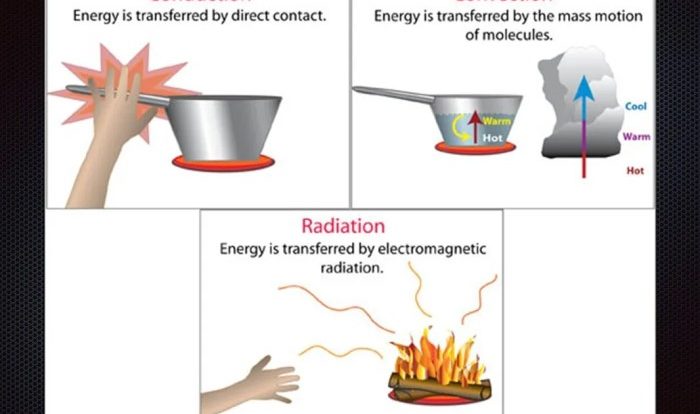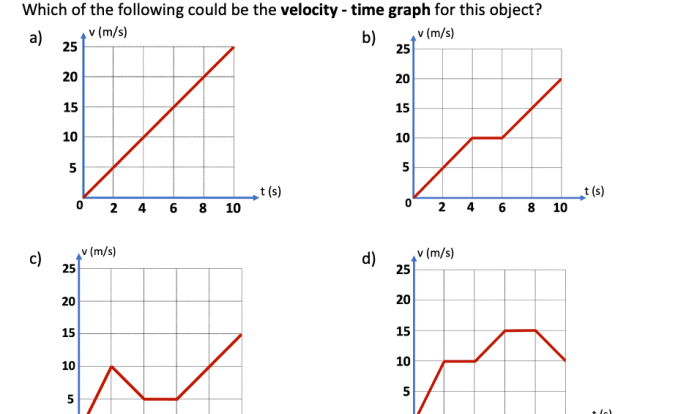Unveiling the secrets of motion, our laws of motion worksheet pdf takes center stage. Dive into a realm of physics where every action has an equal and opposite reaction, and inertia reigns supreme. Let’s explore the fundamental principles that govern the movement of our world!
Prepare to grasp Newton’s laws of motion with clarity and precision. We’ll delve into the law of inertia, acceleration, and action-reaction, unraveling the intricate dance of forces that shape our physical universe.
Introduction
The laws of motion are fundamental principles in physics that describe the behavior of objects in motion. They provide a framework for understanding and predicting the motion of objects under the influence of forces.
Understanding the laws of motion is crucial for students in various fields, including physics, engineering, and even everyday life. These laws help us comprehend the mechanics of the world around us, from the movement of celestial bodies to the operation of machines.
Significance of the Laws of Motion
The laws of motion are significant for several reasons:
- They provide a foundation for understanding the behavior of objects in motion.
- They allow us to predict the motion of objects under the influence of known forces.
- They enable us to design and control the motion of objects in various applications, such as engineering and robotics.
Newton’s Laws of Motion: Laws Of Motion Worksheet Pdf
Newton’s Laws of Motion are three fundamental principles that describe the behavior of objects in motion. They were first formulated by Sir Isaac Newton in the 17th century and have since become the cornerstone of classical mechanics.
Newton’s First Law of Motion (Law of Inertia)
Newton’s first law of motion states that an object at rest will remain at rest, and an object in motion will continue moving at a constant velocity unless acted upon by an unbalanced force.
In other words, an object will not change its state of motion (either at rest or moving at a constant velocity) unless there is an external force acting on it.
Newton’s Second Law of Motion (Law of Acceleration)
Newton’s second law of motion states that the acceleration of an object is directly proportional to the net force acting on the object and inversely proportional to its mass.
Mathematically, this can be expressed as:
F = ma
where:
- F is the net force acting on the object (in newtons)
- m is the mass of the object (in kilograms)
- a is the acceleration of the object (in meters per second squared)
Newton’s Third Law of Motion (Law of Action and Reaction)
Newton’s third law of motion states that for every action, there is an equal and opposite reaction.
Need to brush up on your laws of motion? We’ve got a worksheet pdf that’ll help. But if you’re more interested in birds with long thin beaks, here’s a link to some interesting facts. Once you’re done with that, come back for the laws of motion worksheet pdf.
In other words, when one object exerts a force on another object, the second object exerts an equal and opposite force on the first object.
Applications of the Laws of Motion
The laws of motion, formulated by Sir Isaac Newton, provide a fundamental understanding of how objects move and interact with each other. These laws have far-reaching applications in various fields, including everyday life, engineering, technology, and sports.
Everyday Life
The laws of motion govern countless phenomena we encounter daily. For instance, when we push a shopping cart, Newton’s second law (F = ma) explains how the force we apply determines the cart’s acceleration. Similarly, Newton’s first law (an object at rest stays at rest, and an object in motion stays in motion with the same speed and in the same direction unless acted upon by an unbalanced force) describes how a car continues moving at a constant speed on a straight road until a force (e.g.,
braking) acts upon it.
Worksheet Design
To enhance understanding and retention of the laws of motion, a well-designed worksheet is essential. It should provide students with opportunities to apply their knowledge, test their comprehension, and receive feedback on their progress.
The worksheet should include a variety of question types, such as multiple-choice questions, short answer questions, and problem-solving exercises. These questions should assess students’ understanding of the following key concepts:
Newton’s First Law of Motion
- An object at rest remains at rest, and an object in motion remains in motion with a constant velocity, unless acted upon by an external force.
- Inertia is the property of an object to resist any change in its motion.
Newton’s Second Law of Motion
- The acceleration of an object is directly proportional to the net force acting on it and inversely proportional to its mass.
- Force = mass × acceleration (F = ma)
Newton’s Third Law of Motion
- For every action, there is an equal and opposite reaction.
- Forces always occur in pairs.
The worksheet should also provide answer keys for students to check their work and identify areas where they need additional support.
Additional Resources
In addition to the information provided in this worksheet, there are numerous resources available to help you learn more about the laws of motion.
These resources include:
Online Resources
- Khan Academy: Newton’s Laws of Motion
- The Physics Classroom: Newton’s Laws of Motion
- Encyclopedia Britannica: Newton’s Laws of Motion
Books and Articles
- Newton’s Laws of Motionby Robert Resnick and David Halliday
- The Laws of Motion: A Historical Perspectiveby Giancarlo Genta
- The Motion of Bodies: From Galileo to Newtonby Alexandre Koyré
Experts, Laws of motion worksheet pdf
If you have any questions about the laws of motion, you can contact the following experts:
- Dr. David Morin, Department of Physics, Harvard University
- Dr. Emily Carter, Department of Physics, University of California, Berkeley
- Dr. Kip Thorne, Department of Physics, California Institute of Technology
FAQ Section
What is the significance of the laws of motion?
They form the cornerstone of classical mechanics, providing a framework for understanding and predicting the motion of objects.
How can I use the laws of motion worksheet pdf?
It serves as a valuable tool for students to practice applying Newton’s laws to various scenarios and deepen their comprehension.
Where can I find additional resources on the laws of motion?
Numerous online resources, textbooks, and articles offer further insights into the fascinating world of motion.

